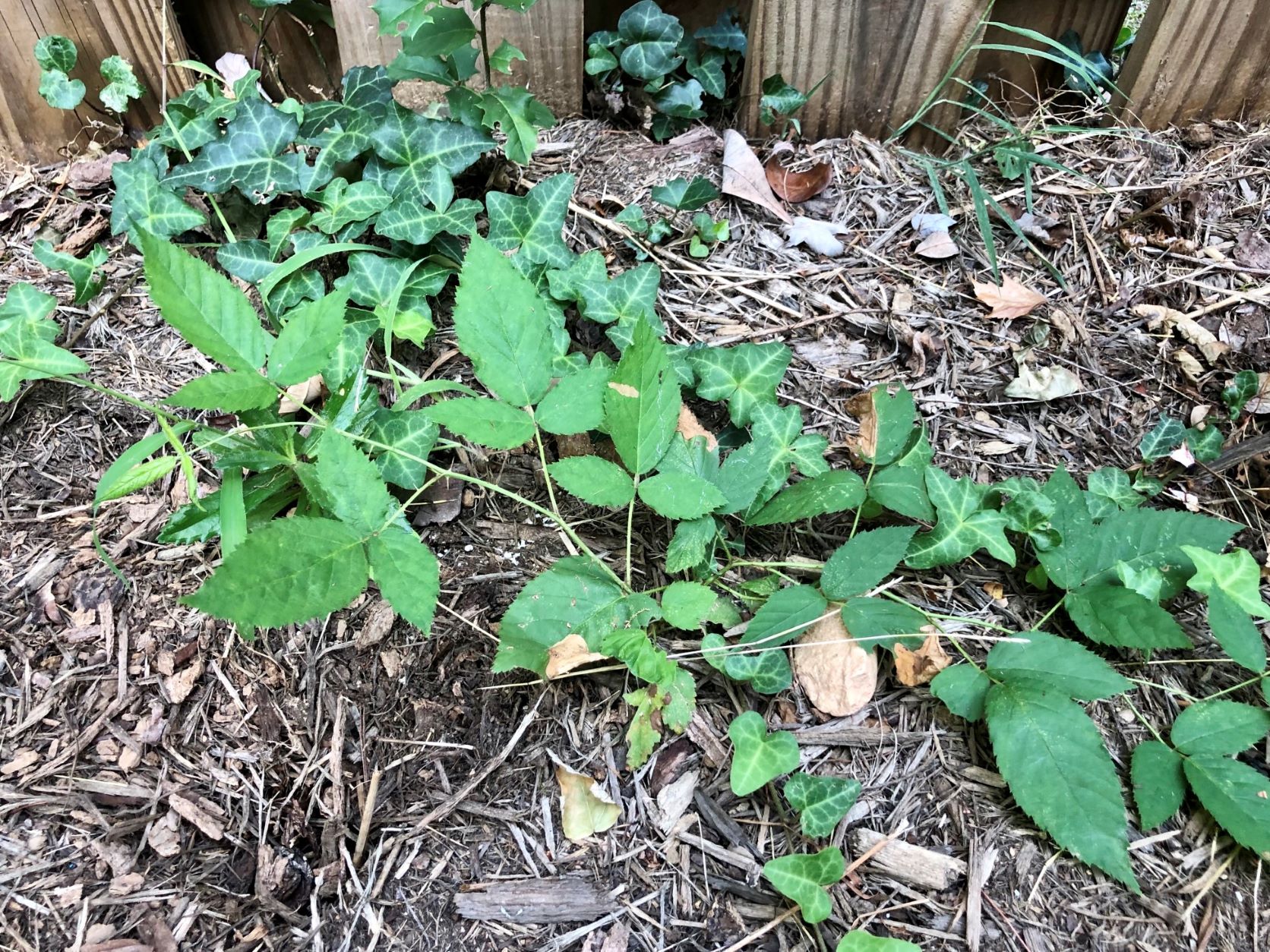How Do You Get Rid of Poison Ivy on Your Property?

Although probably every American is at least passingly familiar with poison ivy, many people will encounter it only when they are spending time outdoors in woods or parks. In that case, poison ivy is just a natural hazard of spending time outside in nature, an acceptable risk that comes with going for a hike or bike ride.
That relationship changes when you discover poison ivy growing on your property. The immediate solution is obvious - the poison ivy needs to be removed. However, the actual practicalities of that can be a bit more complicated - how do you go about removing this toxic plant? Is it dangerous? Are there special precautions you should take?
The short answer to these questions is “yes” - removing poison ivy can indeed be dangerous, and there are specific precautions that must be taken for it to be done safely.
Preparation
Regardless of which method you choose, there are a few steps that must always be followed if you’re removing poison ivy from your land.
Dress For The Occasion
If you’re doing any kind of work around poison ivy, it’s vital to ensure that you have no exposed skin that can be exposed to the plant - long sleeves, long pants tucked into high socks, rubber gloves, and closed-toe shoes or boots are recommended. To be fully prepared, you should also wear eye protection and a particle mask, since a poison ivy reaction on your eyes or inside your lungs is especially dangerous and uncomfortable.
When you finish the work, all of this gear must be carefully and thoroughly washed, and anything disposable (e.g. rubber gloves) should be thrown away in a plastic trash bag and immediately sealed up.
Choose the Right Conditions
Poison ivy should be removed on a dry, windless day. If you are using herbicide, wind can carry it to other plants that you don’t want to kill, and windy conditions can also cause the actual plant to whip around unpredictably, making it more likely to touch your skin.
Dry weather will prevent the herbicide from washing right off the plant, as well as provide generally favorable conditions for digging, cutting, and so on.
An Important Warning
It’s vital that you never, under any circumstance, burn poison ivy. Doing so will release the plant's toxins into the air via smoke, which will travel for miles causing serious (potentially fatal) breathing problems and irritation in the throat of anyone who breathes it in.
Option 1: Manual Removal
While this option is much more labor-intensive, it’s generally the more effective choice and doesn’t expose you or your property to potentially harmful chemical herbicides. This method requires pruning shears, and either a sharp trowel or a shovel.
To remove the ivy, cut off all the stems you can find at ground level using the shears or pruners, and then store the plant matter in a plastic trash bag. It’s important to cut vines rather than ripping or pulling them since jagged tearing by hand can release the plant's toxins into the air.
You’ll then need to dig out the root system, which can extend about 8 inches underground, and dispose of the roots in plastic bags as well. Don’t overfill your trash bags, and tie them securely as soon as they’re full.
Once all the ivy is removed, keep an eye on the area for the next few weeks - fully eliminating the plant may require up to 3 or 4 weeding sessions.
Option 2: Herbicide
The first step of course is to get the right herbicide, something that contains glyphosate. Once you have the herbicide you should closely follow any instructions provided on the bottle from the store. The chemical can be actually applied in a few ways -
- You can simply spray the herbicide directly onto the poison ivy leaves. This will effectively kill the plant from the top down, but the spray will also kill any plants immediately nearby.
- If the ivy is growing on a tree or near plants you don’t want to harm, you can dab herbicide directly onto the leaves with a cloth or cotton swabs. This method requires extra caution to not get the chemical on your skin and requires you to carefully wash any clothes that come in contact with it.
Option 3: Call Professionals
Remember - when it comes to dealing with a toxic plant that can harm you and those around you, there’s no shame in calling in professionals to handle the problem safely and efficiently!
Be Prepared with TecLabs!
At the end of the day, a poison ivy infestation on your property simply has to be dealt with, and whether you are removing the plant by hand or trying to kill it with herbicide, you need to be prepared for the eventuality that your skin might become exposed to the plant.
Fortunately, you can rest easy knowing that you have back up from Tecnu! Tecnu offers the industry’s best solutions for poison ivy, poison oak, and poison sumac. Our Original Outdoor Skin Cleanser and Extreme Poison Ivy Scrub helps wash away the rash-causing oil to keep you outside and free of worry!




